Halloween, a night shrouded in mystery and merriment, traces its roots back to ancient Celtic rituals honoring the dead. Today, this spooky celebration of All Hallows’ Eve has become synonymous with costumes, candy, and a touch of the supernatural. Observed around the world, Halloween has its share of weird traditions and origin stories.
We have researched various online forums to create a list of 12 fun facts about Halloween that will surprise even the most seasoned trick-or-treaters.
Samhainophobia
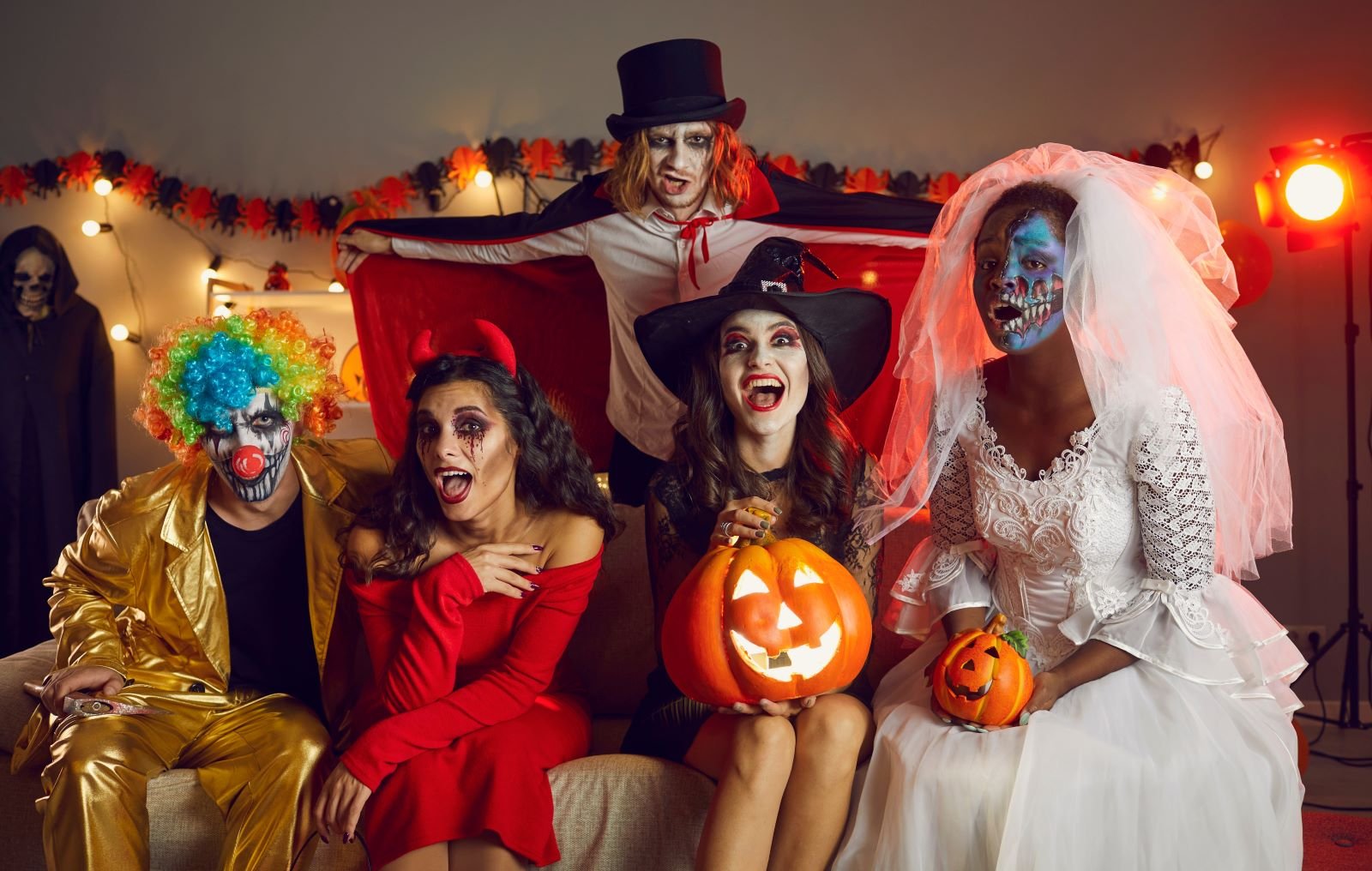
Samhainophobia is a specific phobia characterized by an intense and persistent fear of Halloween. This fear often stems from the belief that Halloween is rooted in ancient pagan traditions, particularly the festival of Samhain. Unlike the modern, lighthearted celebration, initially, Samhain was seen as a day when the gates of hell opened, allowing angry spirits to roam the earth.
Roman Influence
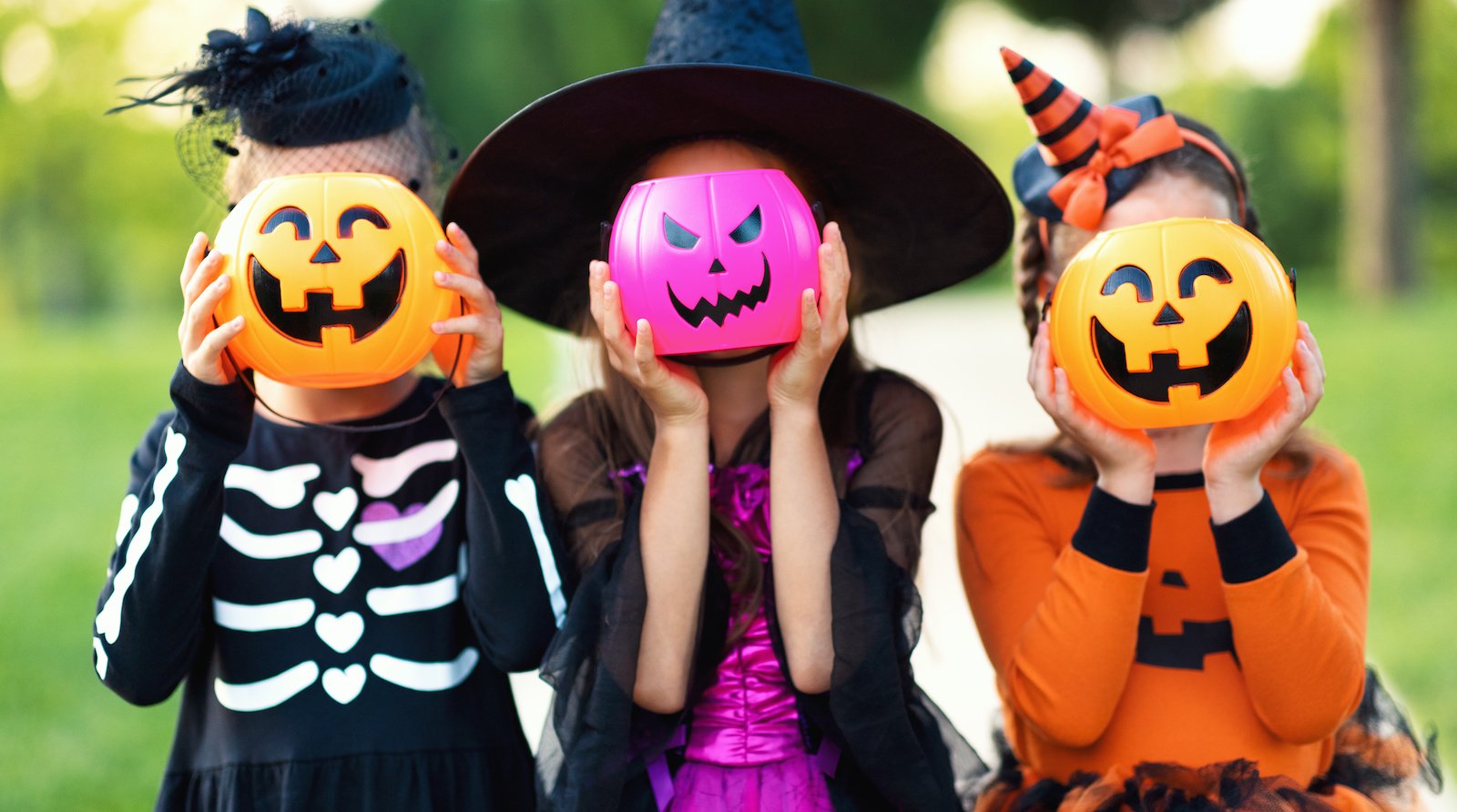
The Roman invasion of Celtic territories introduced the Feralia festival, a holiday honoring the dead that was incorporated into the celebration of Samhain. This new addition gave Samhain a deeper meaning, which allowed people to remember and honor their loved ones who had passed away. Over time, the combination of Celtic and Roman traditions evolved into our modern Halloween celebrations.
Representation of Witches
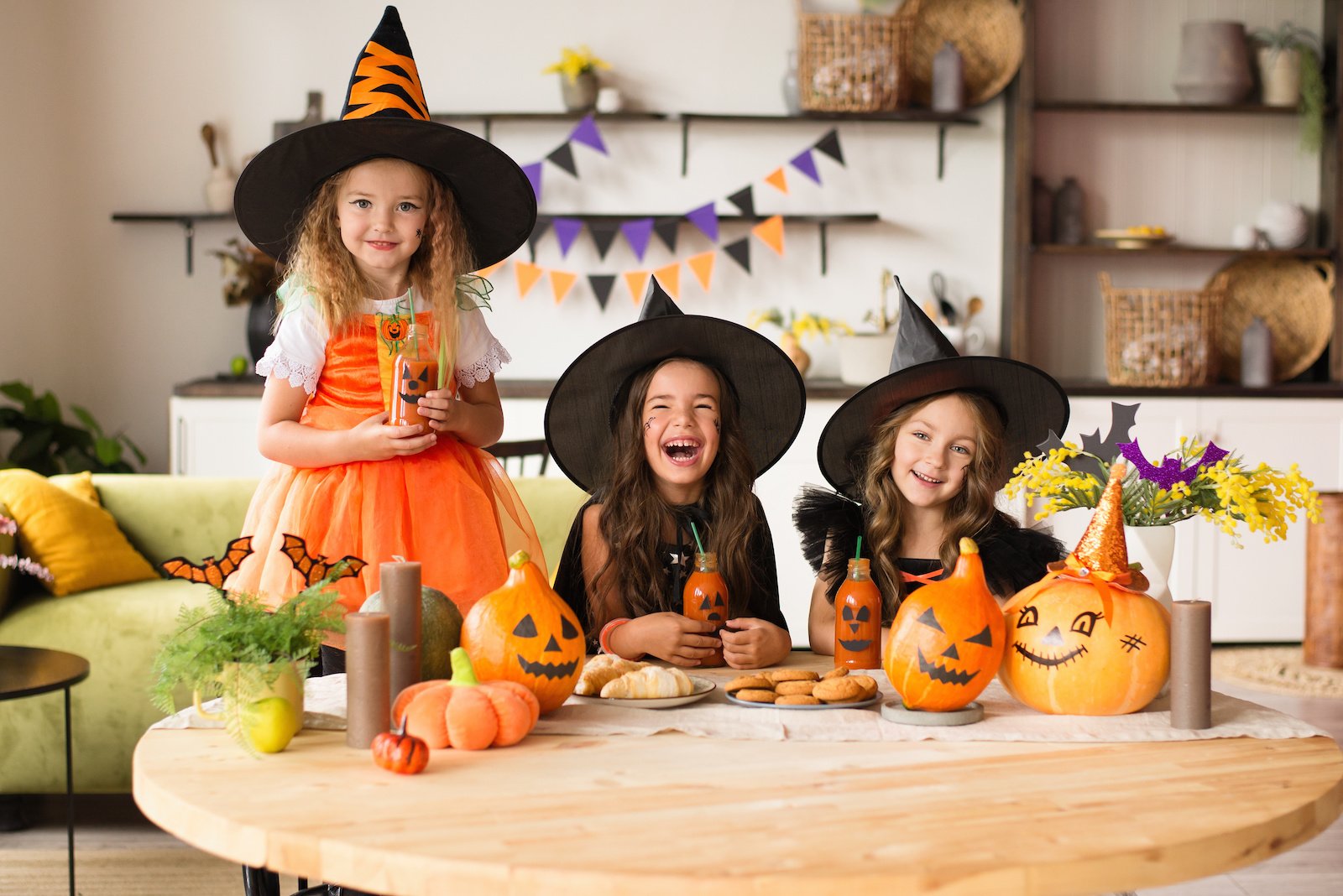
The Celts believed that spirits roamed the earth on Samhain, and Druids, their spiritual leaders, were thought to be associated with witchcraft. However, during the Middle Ages, the Catholic Church negatively portrayed witches, associating them with evil. With that in mind, witches were added to Halloween greeting cards in the 1800s.
Jack-o’-Lanterns
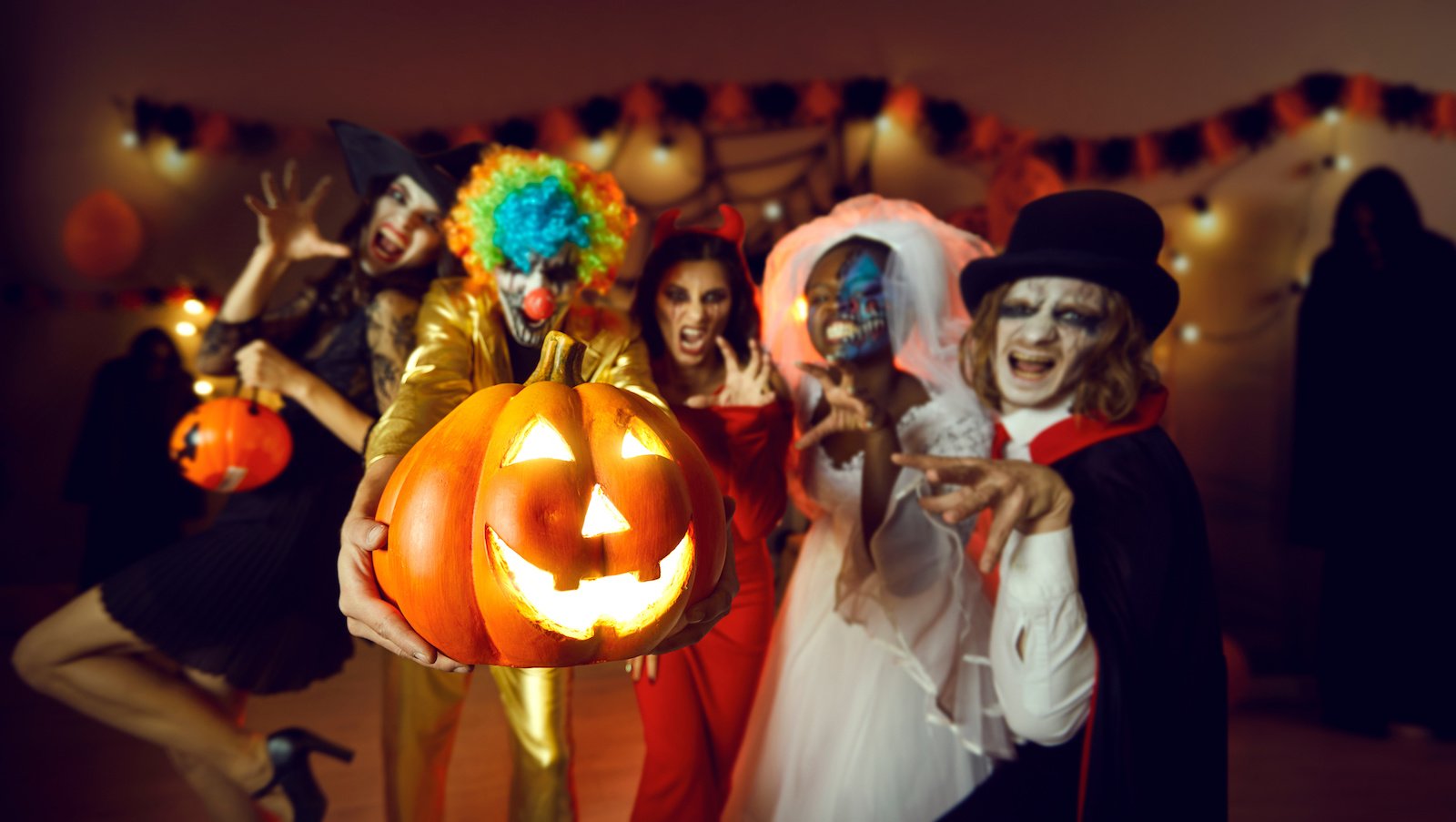
Jack-o’-lanterns were not initially carved pumpkins but from turnips instead. Ancient Celtic cultures would carve turnips and place embers inside to ward off evil spirits. When Irish immigrants brought this tradition to America and discovered pumpkins, they switched to the larger fruit for their carvings, giving them a giant canvas with which to work.
Largest Halloween Parade
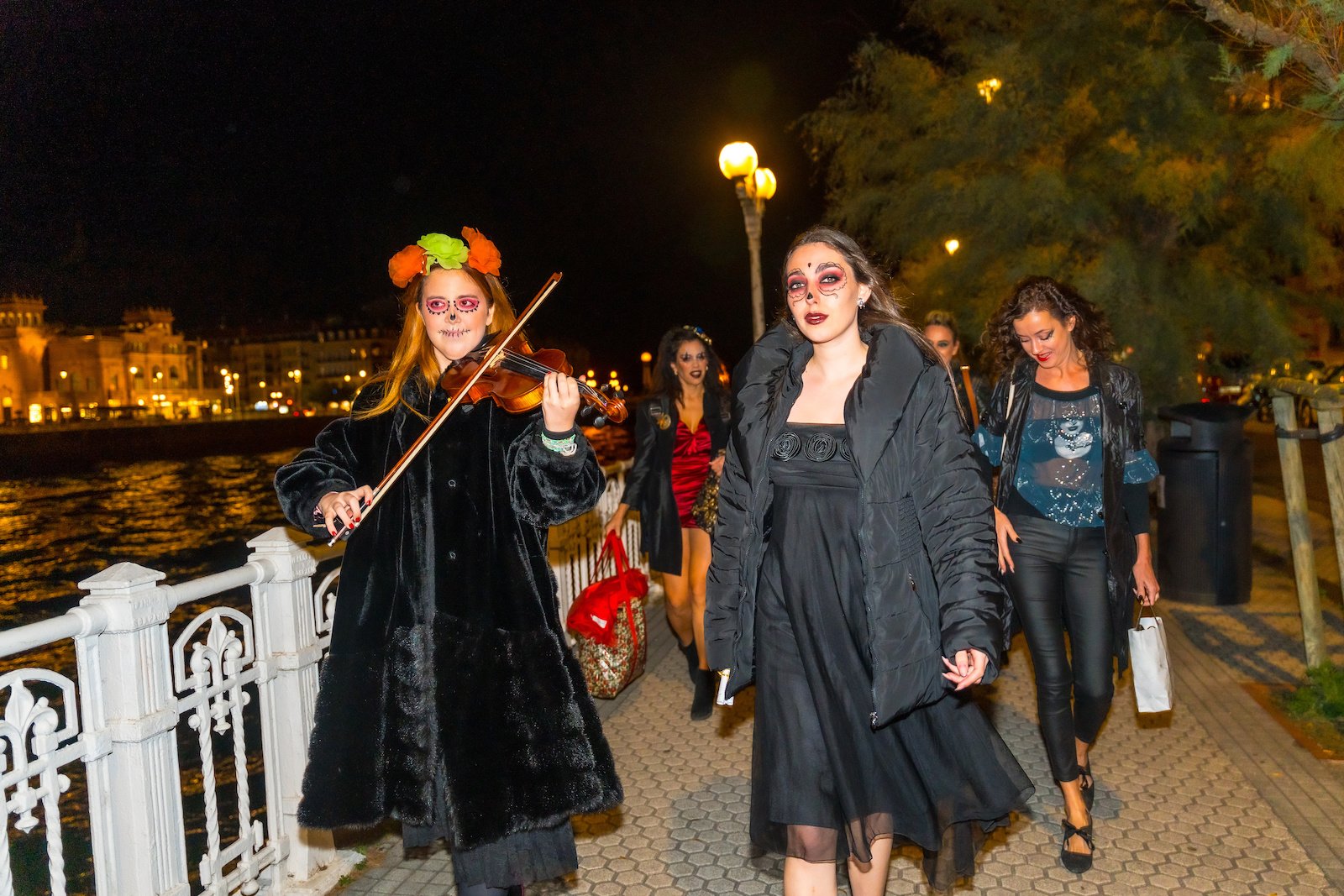
The Greenwich Village Halloween Parade, a yearly spectacle held in New York City since 1973, attracts thousands of costumed participants from all walks of life, showcasing their creativity and imagination. The parade’s lively atmosphere and dazzling displays of costumes draw even larger crowds of spectators. It is one of the city’s most beloved Halloween traditions, with nearly 2 million attendees and more than 100,000 costumed participants.
Oldest Halloween Celebration
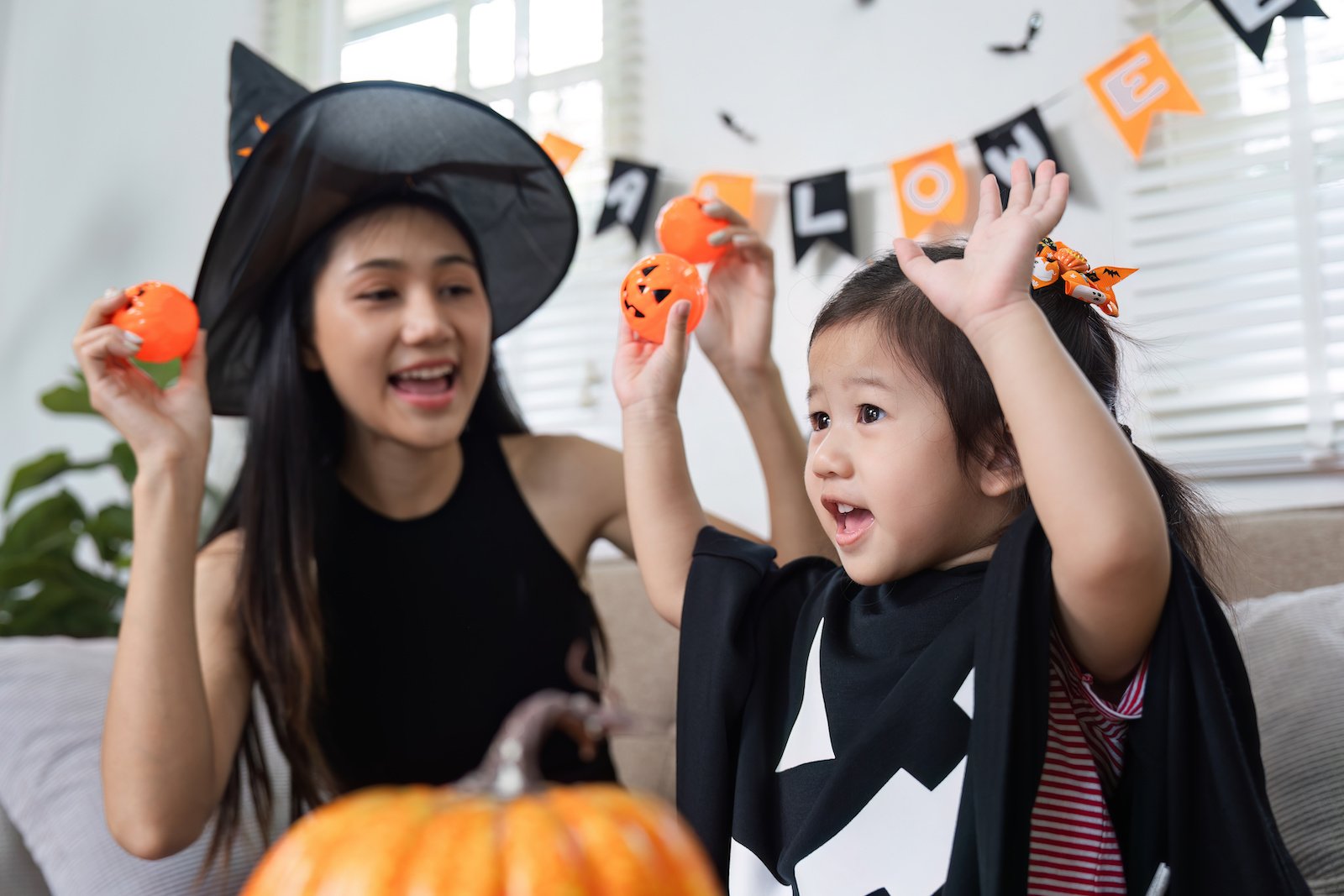
Anoka, Minnesota, holds the United States’ oldest official Halloween celebration, dubbed the “Halloween Capital of the World.” The city began hosting an annual parade and bonfire in 1920, a response to the mischievous pranks that European immigrants had brought over from the 1800s. The residents of Anoka didn’t appreciate the pranks. They sought to curb Halloween’s disruptive behavior, such as releasing cows on Main Street and overturning outhouses.
Fortune Telling and Magic

Old English folklore about Halloween is rich with superstitions and fortune-telling traditions. One such superstition suggests that a young, unmarried person can get a glimpse of who they will marry by performing a simple ritual on Halloween night. If they walk down a set of stairs backward at midnight while holding a mirror, it is believed that the face in the mirror will reveal their future spouse. This superstition likely originated from a desire to connect with the supernatural and gain insights into the unknown.
Ouijazilla
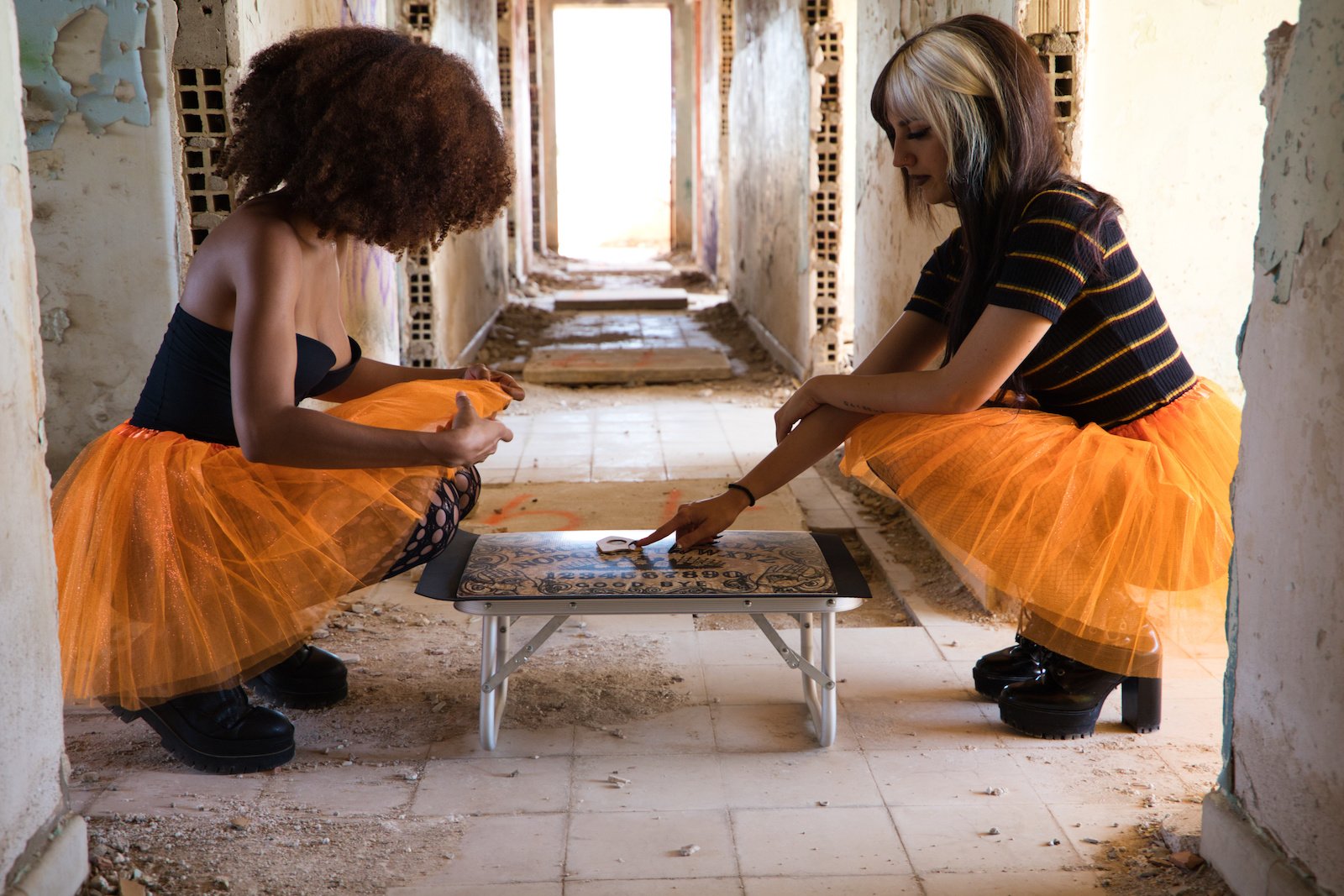
Ouijazilla, the world’s giant Ouija board, debuted in Salem, Massachusetts, in 2019, before Halloween celebrations. Measuring over 3,000 square feet and weighing nearly 9,000 pounds, this massive board was constructed from 99 sheets of plywood and covered in 20 gallons of stain and paint. Created by Rick “Ormortis” Schreck, the Ouijazilla was made just in time for Halloween to add to the spooky nature of the festival. Players use it to ask questions and receive answers through a 400-pound planchette and a giant pencil.
Halloween Full Moons are Rare
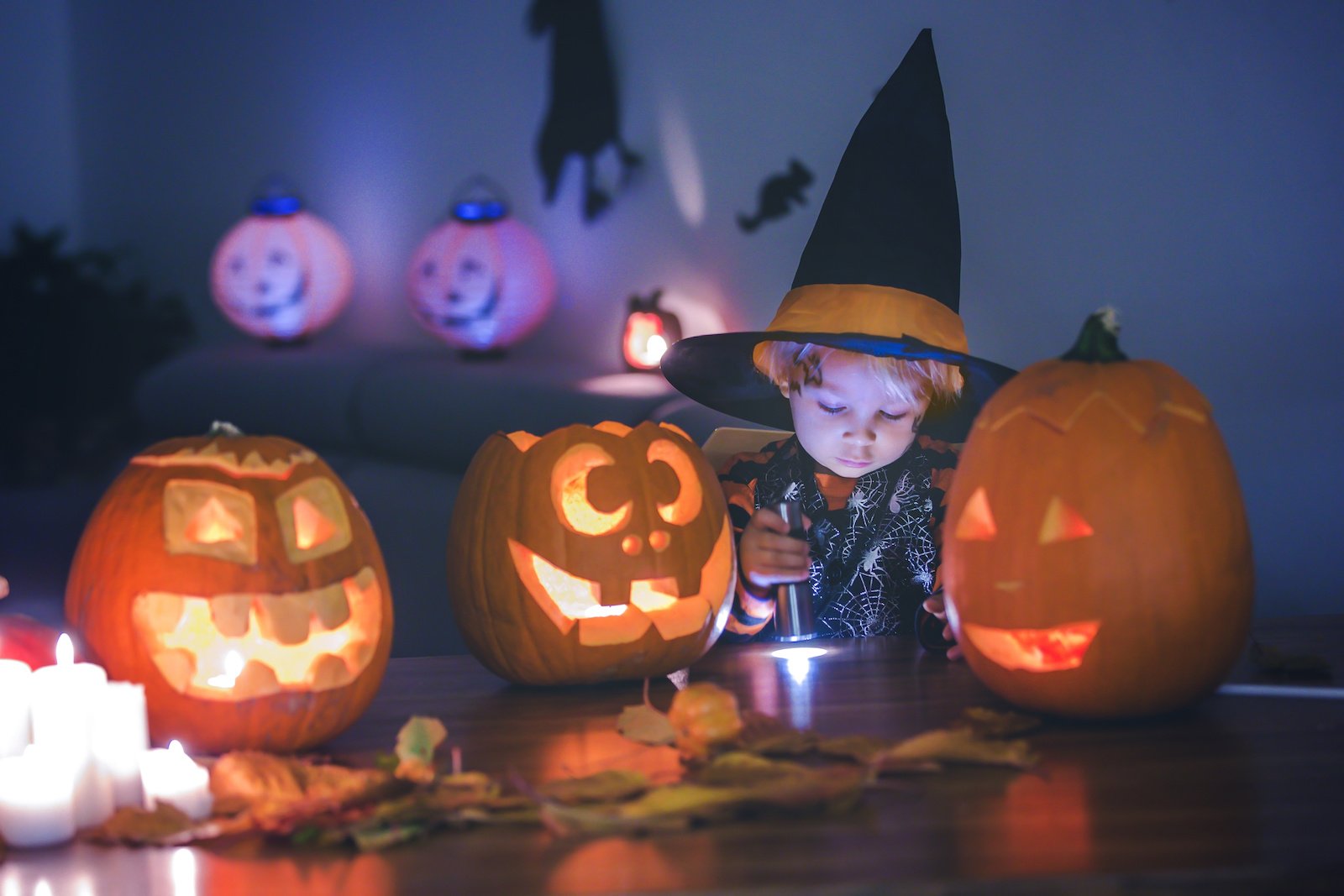
While movies and popular Halloween imagery often depict a full moon on the spookiest night of the year, this celestial event is rare. According to NASA, a full moon on Halloween occurs only once every nineteen years, making it an extraordinary occasion. So, the next time you see a full moon on Halloween, consider yourself lucky to have witnessed this uncommon astronomical alignment.
Romantic Halloween Tradition
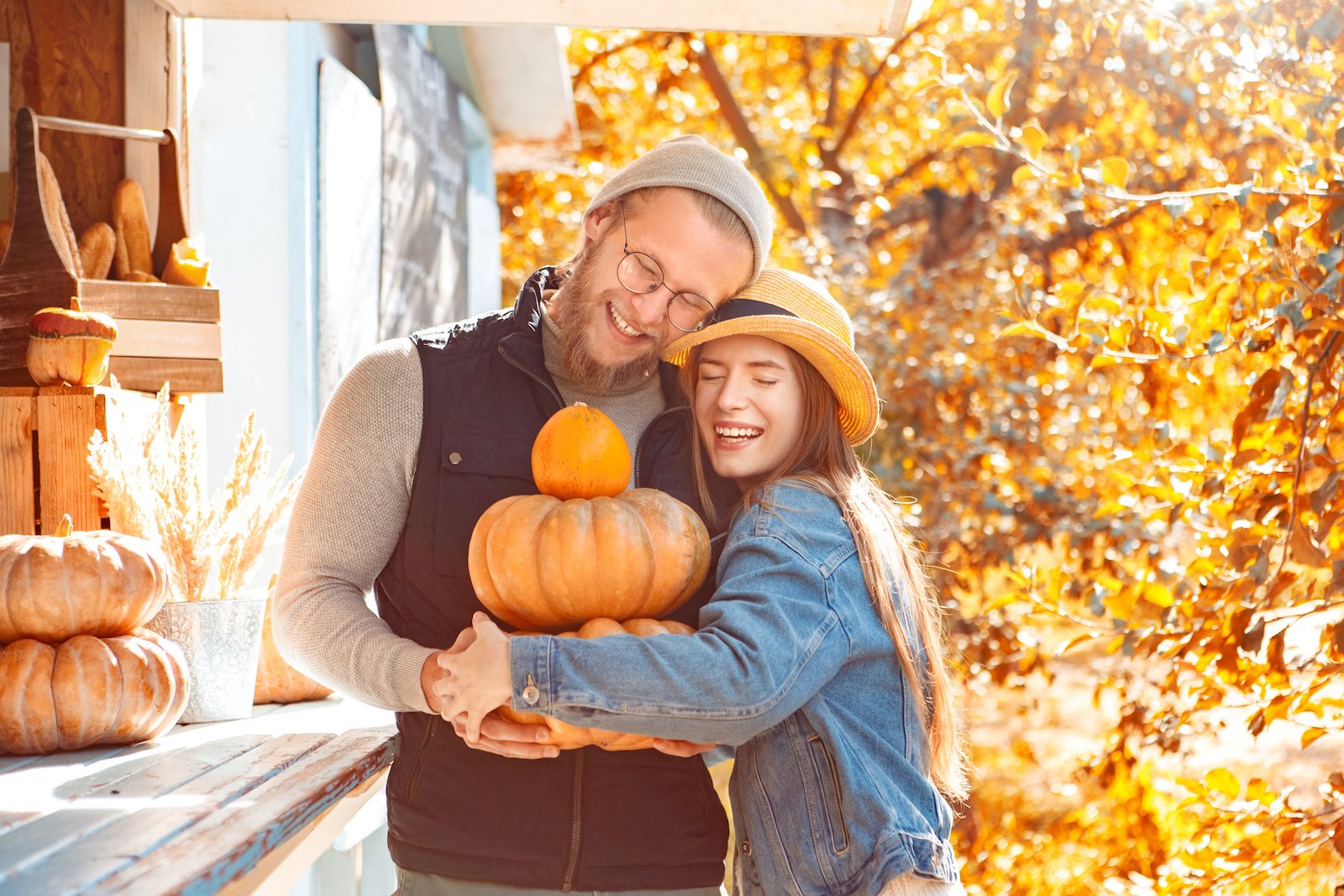
In early 20th-century America, Halloween was often associated with romantic pursuits for young women—one popular game involved peeling an apple continuously and then tossing the peel over one’s shoulder. The way the peel landed was said to reveal the first initial of the person the woman would marry. This tradition reflected the cultural emphasis on courtship and marriage during that time.
Candy Evolution on Halloween
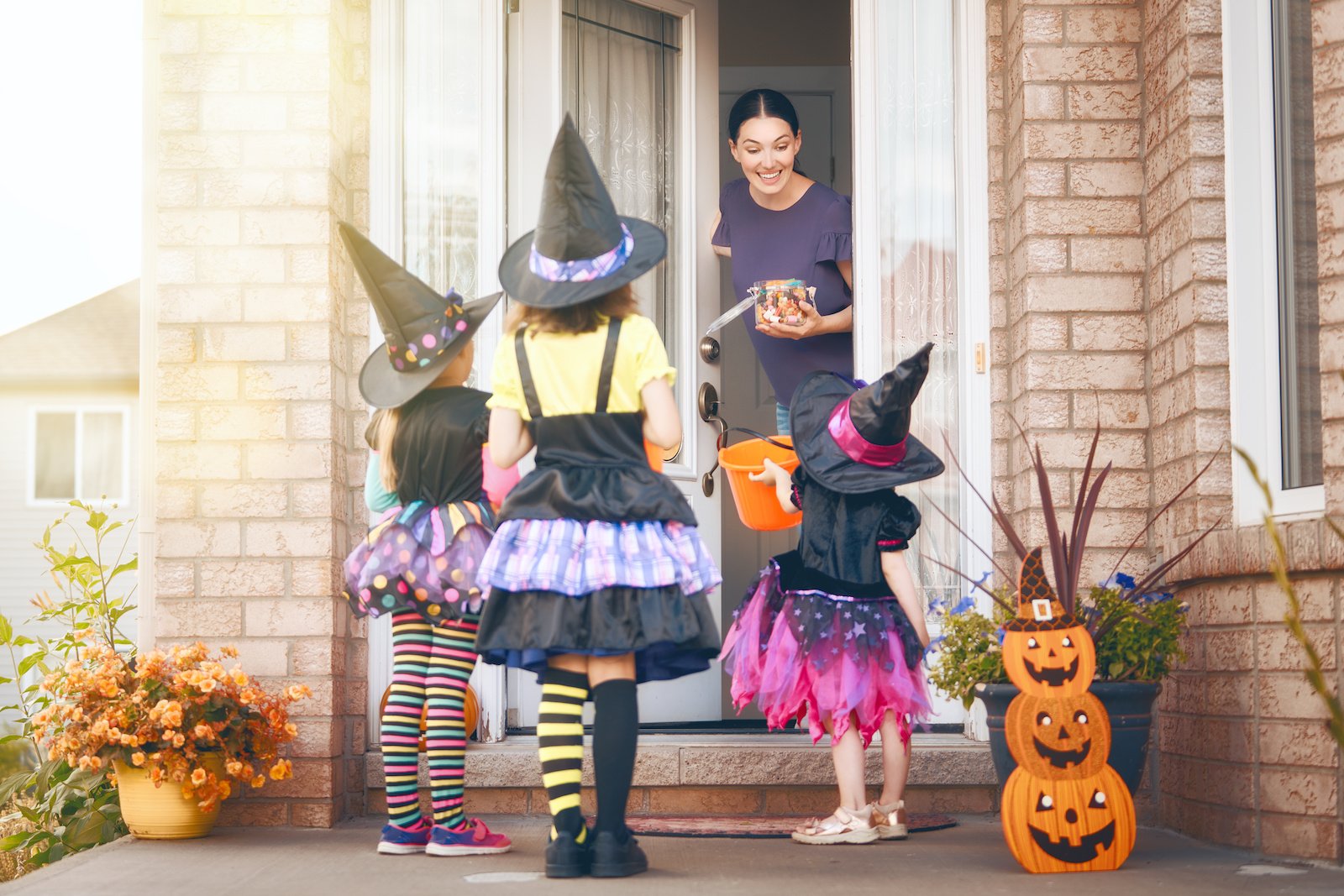
Halloween is only complete with the sugary delight of oversized candy bars. However, it was only sometimes this way. Before the 1950s, trick-or-treaters received a variety of treats, including cake, fruit, nuts, coins, and toys. Candy’s rise to prominence as a Halloween staple is mainly due to the promotional efforts of candy makers. Today, a staggering quarter of all annual candy sales in the United States occur during Halloween.
Beggar’s Night
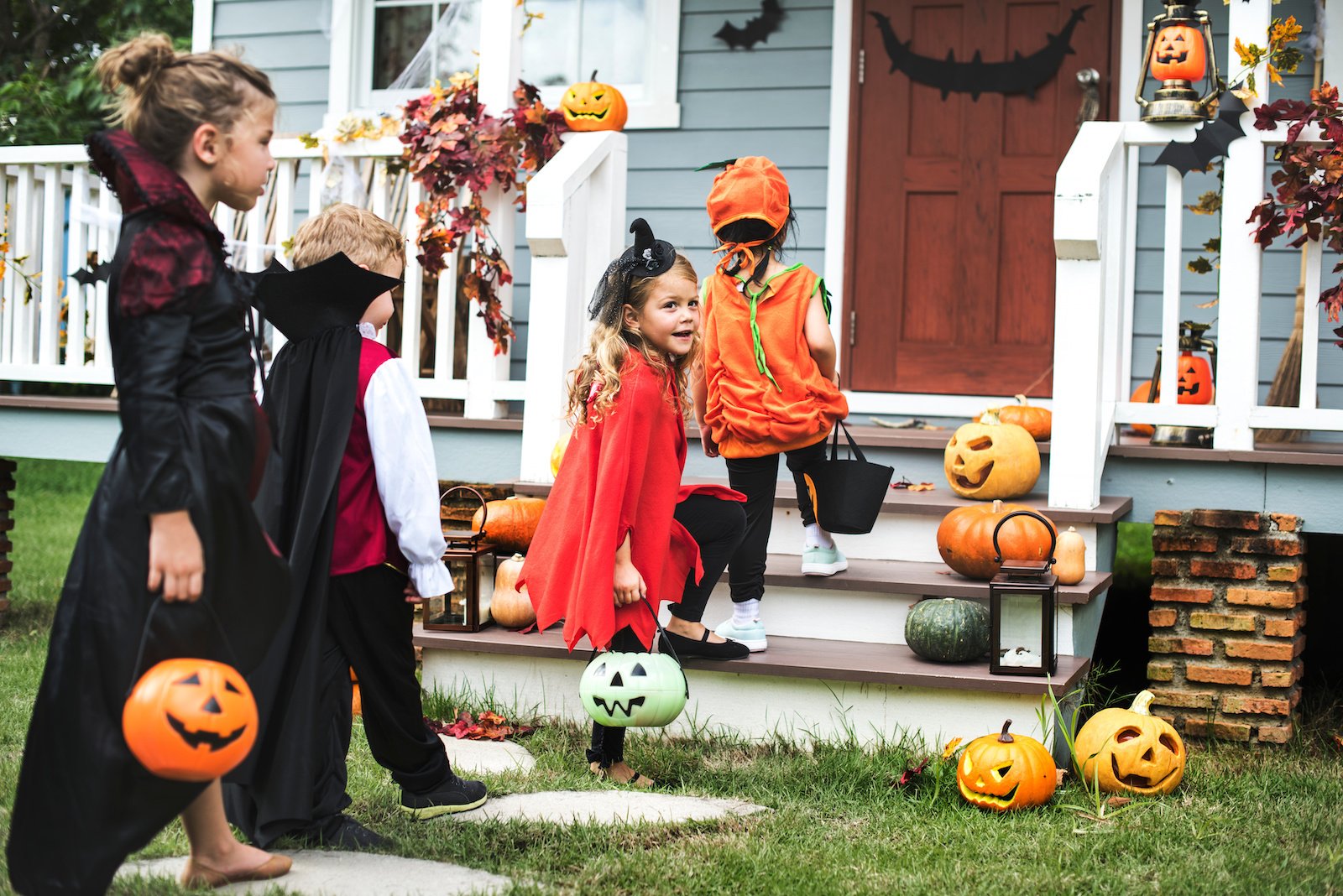
Beggars’ Night, a unique Halloween tradition in Des Moines, Iowa, was started in the late 1930s as a preventative measure against vandalism. On October 30, children would don their spookiest costumes and go door-to-door, reciting humorous riddles or telling jokes in exchange for treats. This clever twist on traditional trick-or-treating has not only helped to maintain peace on Halloween night. It has also become a cherished community event, fostering a sense of community among residents. The tradition has been a beloved part of Des Moines’ Halloween celebrations for over 85 years.


